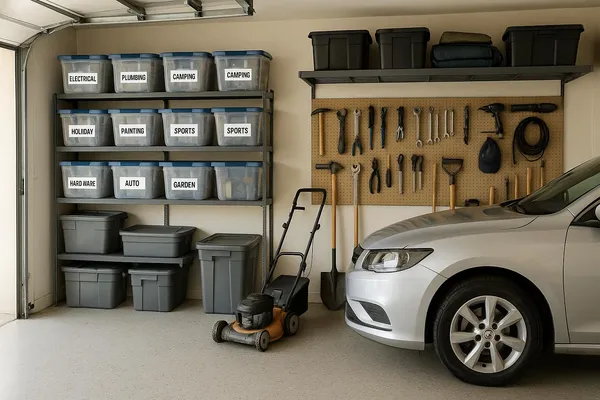
- Oct 30, 2025
- —
- 07 mins read
Garage Goblin Exorcism: The 4-Box Weekend Purge
A practical weekend guide to reclaim a cluttered garage using a simple 4-box method (Keep, Donate, Sell, Toss), with zoning, labeling, and a safety plan for hazardous waste.


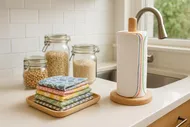







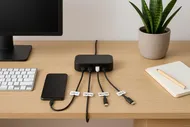


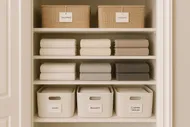





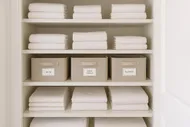

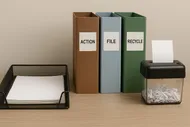




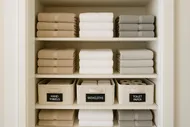
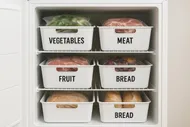




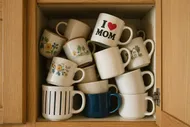



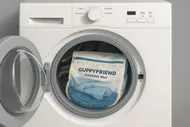

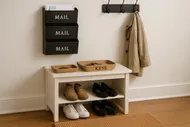












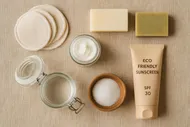










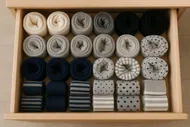







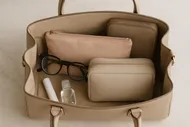
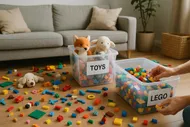

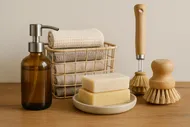
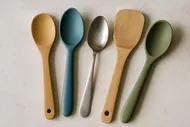









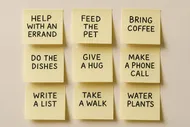

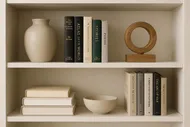







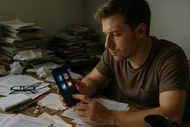
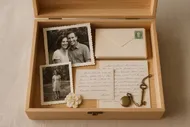

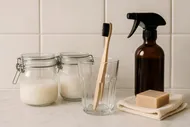












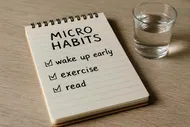











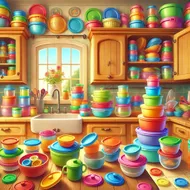





Explorer posts by categories
Explorer posts by tags
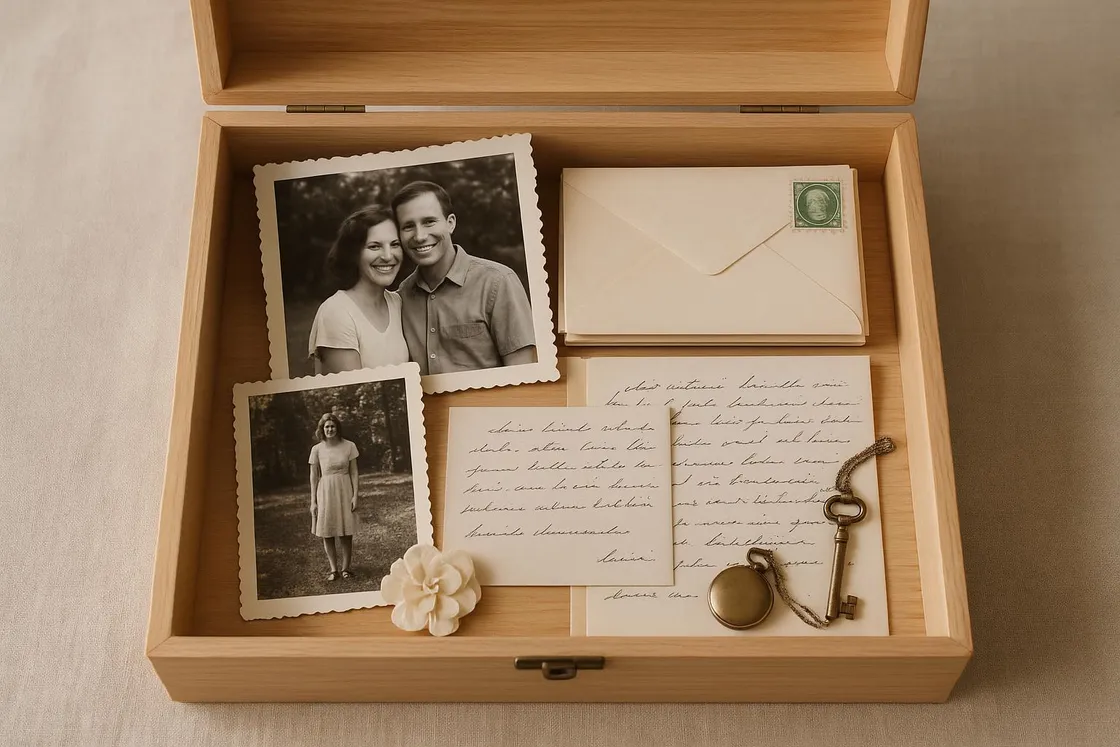
Everyone’s got at least one. A box under the bed, a drawer that hasn’t been opened since 2009, or maybe an entire closet brimming with “memories.” You know the ones—the letter from your ex you swore you’d only keep until you moved on (six years ago), your kindergarten report card, grandma’s chipped soup mug, and let’s not forget those 83 blurry photos of your dog sleeping in slightly different positions. All gathered together in a shrine of guilt, nostalgia, and total clutter paralysis.
Sound familiar? Good. Let’s talk about how to finally deal with your sentimental clutter—without sobbing into a pint of rocky road.
First of all, you’re not broken. Holding onto sentimental items is normal. Our stuff is a memory-keeper, a security blanket, and sometimes? A stand-in for people, times, or feelings we’re not ready to let go of. But if it’s cramming your attic, crowding your shelves, or renting space in your brain rent-free, then Houston, we’ve got a clutter problem.
We don’t keep a box of high school yearbooks because we re-read them monthly. We keep them for validation, nostalgia, and the idea that maybe someday our kids will care that someone named Britney wrote “Stay hot, never change!” in silver glitter pen.
Keeping one birthday card can help you remember the person. Keeping 27 from every year of your life is keeping paper, not memories. Let the emotion live in your heart, not your overflowing nightstand drawer.
Before you Marie Kondo your way into a sob-fest, it helps to figure out what kind of sentimental clutter you’re hoarding. Take inventory and group them:
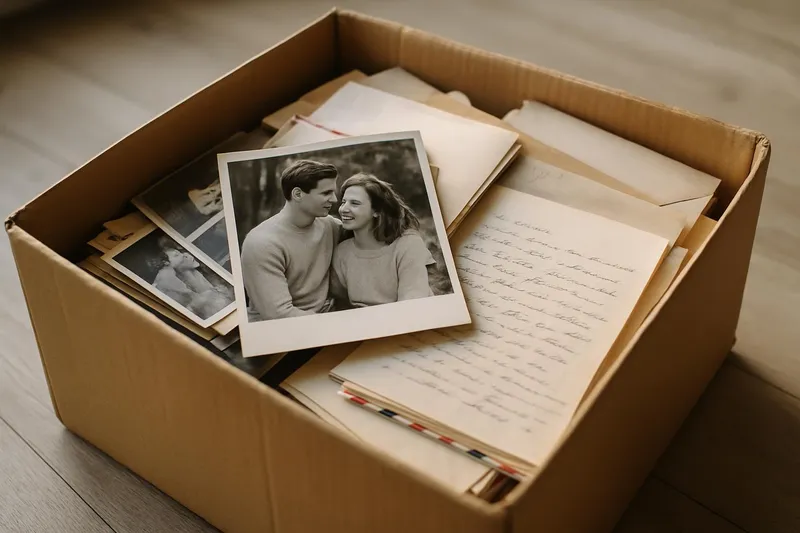
Start here. Because dealing with 30 random boxes at once is like trying to eat soup with a fork. Pick one category. One box. One item.
Yes, that sweater belonged to your late aunt. No, you haven’t worn it in 10 years. And that letter from your summer camp crush? You don’t even remember his last name (sorry, Kevin? Kyle?).
Here’s your 3-question litmus test:
If it’s a no, no, and yes? Bless it and release it.
Let me be clear: I am NOT the villain in this story. I’m not saying toss every heirloom. I’m just saying you don’t have to keep everything to honor someone.
Try this instead:
Scanning old letters, notes, and photos to save digitally lets you keep the memory without the drawer full of musty paper. Bonus: no more paper cuts.
If you’re feeling inspired to digitize the chaos, check out The Ultimate Guide to Digital Decluttering.
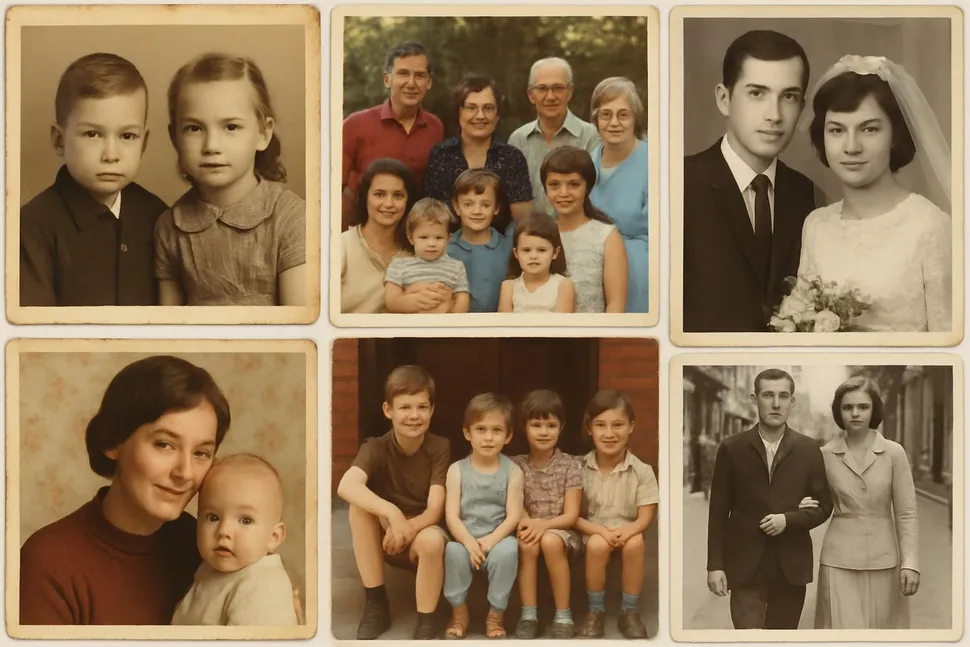
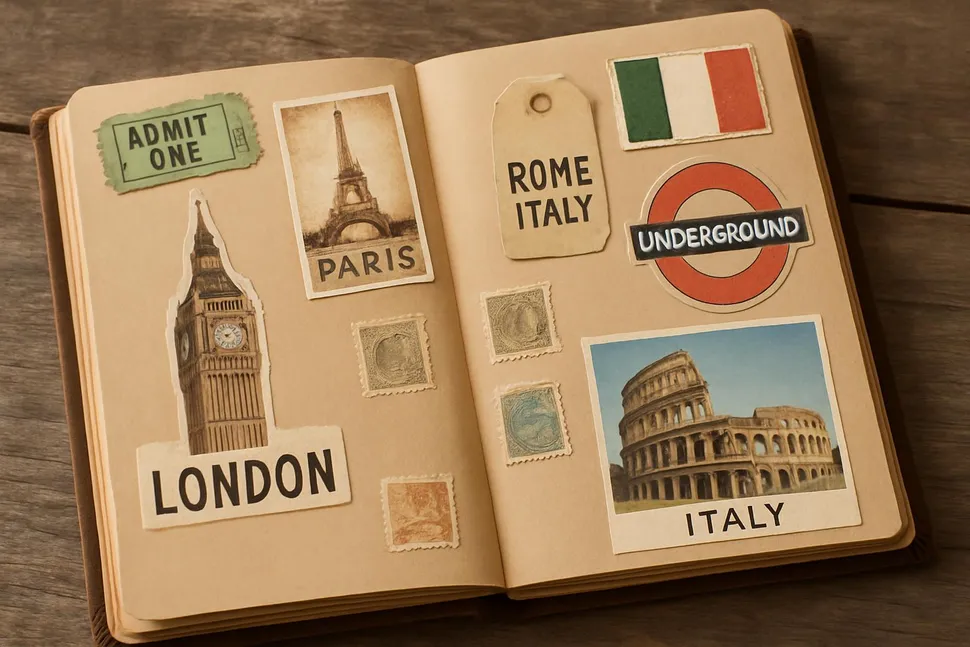
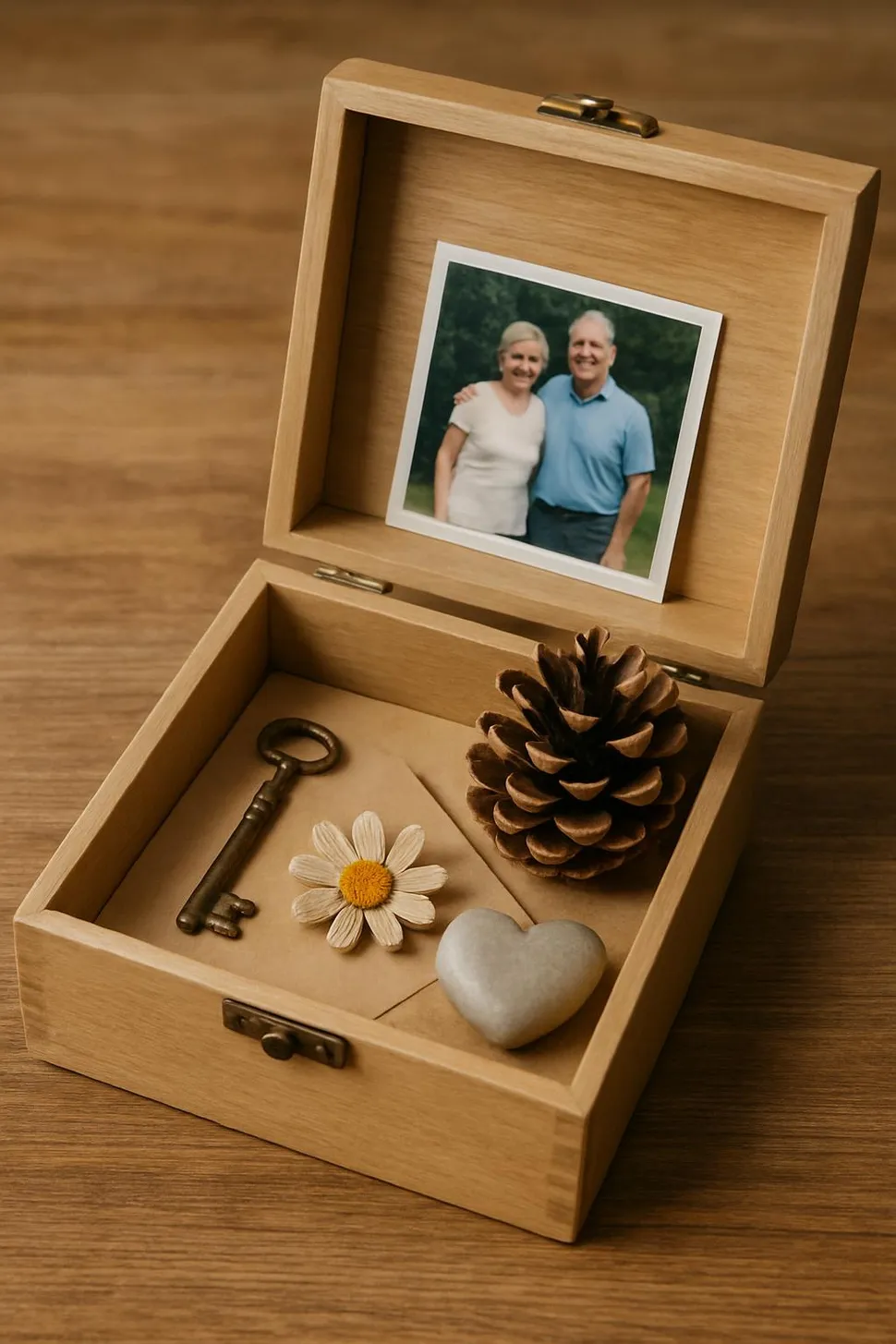
Limit your sentimental stash to one reasonable-sized container per person in your home. That’s it. When it’s full, it’s full. Want to add something new? Something old has to go.
This not only creates boundaries—hello, sanity—it also makes you truly consider what’s worth keeping.
I use a cute box that fits on a shelf in my closet. Inside? One love letter, a folded playbill, a photo strip, and a friendship bracelet from middle school that somehow made the final cut (okay fine, I got choked up).
Keeping stuff because you’re worried about hurting feelings? Time to reclaim your space.
Repeat after me:
“The gift has served its purpose. They gave it to me to bring joy. It did. Now it’s time to let it go.”
People give gifts with love. You don’t owe them permanent square footage on your bookshelf.
If it came into your home as a weaponized present (aka something you hate but feel obligated to display), it’s time to set yourself free.
If it still feels too hard to part with something, get creative. You don’t have to trash it—maybe turn it into something useful or beautiful.
Ideas:
Not a Pinterest wizard? Me neither. But one time I painted Grandma’s silver spoon handle and used it as a bookmark. Functional and heartfelt. Boom.
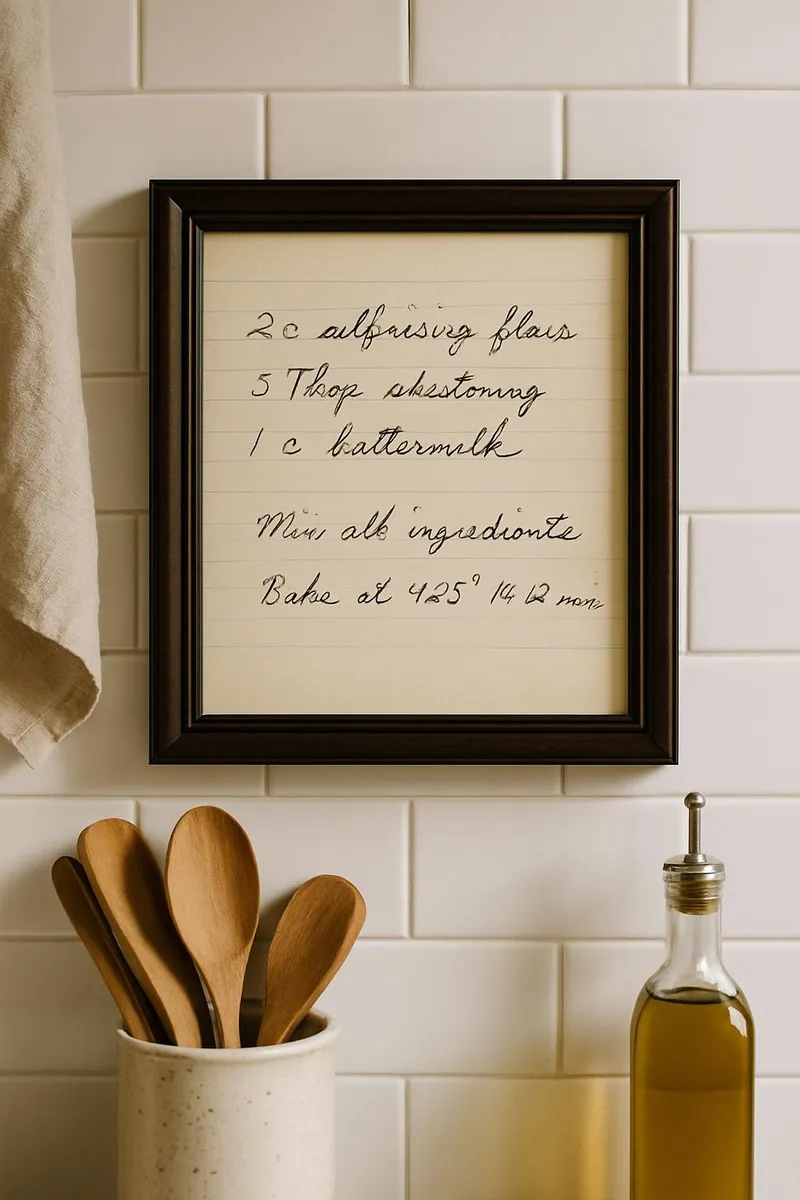
Decluttering sentimental stuff is emotional. So treat it that way. Light a candle, journal, play a nostalgic playlist. Say thanks to the item before letting it go.
If it helps, make a “goodbye” ceremony. Yes, I’ve done this. No, it wasn’t weird. Okay, it was a little weird, but it worked.
Letting go doesn’t erase the memory. It just creates room for more living.
Okay, maybe you’re holding an old love note and ugly crying, or frozen in front of a box labeled “Misc. 2007.” Breathe. Remember that this stuff is a glimpse into who you were, not who you have to be now.
For a quicker win, start with photos. Personally, I deleted 97 beach sunset duplicates from one vacation album and didn’t even flinch. You can too.
Because sometimes you just need to start somewhere:
You are not required to be the museum curator for your family’s emotional baggage. Permission to let go granted.
Got your own sentimental stuff battles? Hit us up over on Instagram and show us what you’re keeping—and what you’re finally saying goodbye to. Tag us in your memory box glow-ups. I’ll be cheering you on from my own almost-empty drawer of tear-stained poetry and glitter pens.

Lydia Parker
Lydia grew up in a home where the motto was "Keep everything; you never know when you’ll need it!" After years of wading through mountains of Tupperware lids and mismatched socks, she had an epiphany: less is more. Armed with a label maker and a deep love for minimalism, she turned her life around and now dedicates her days to helping others tame their clutter and embrace simplicity.

A practical weekend guide to reclaim a cluttered garage using a simple 4-box method (Keep, Donate, Sell, Toss), with zoning, labeling, and a safety plan for hazardous waste.
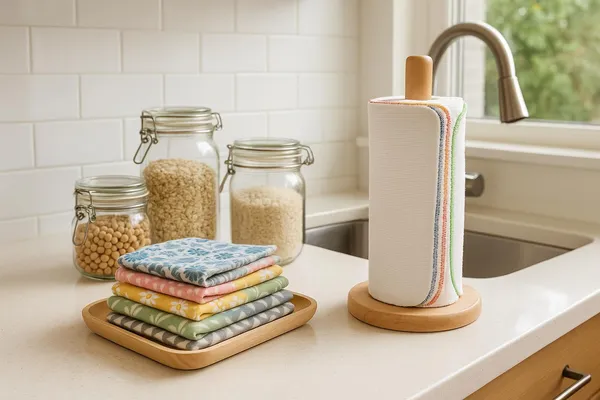
A practical guide to swapping disposable paper towels for durable, reusable cloths— Swedish dishcloths, unpaper towels, bamboo towel rolls, and microfiber—with care tips, cost-per-use math, and a 7-day detox challenge.
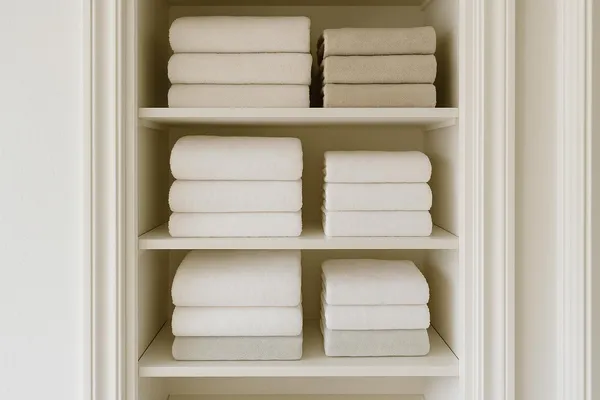
A practical guide to decluttering and organizing your linen closet, featuring a simple towel-counting formula, practical folding methods, zone labeling, and a quick 30-minute reset.